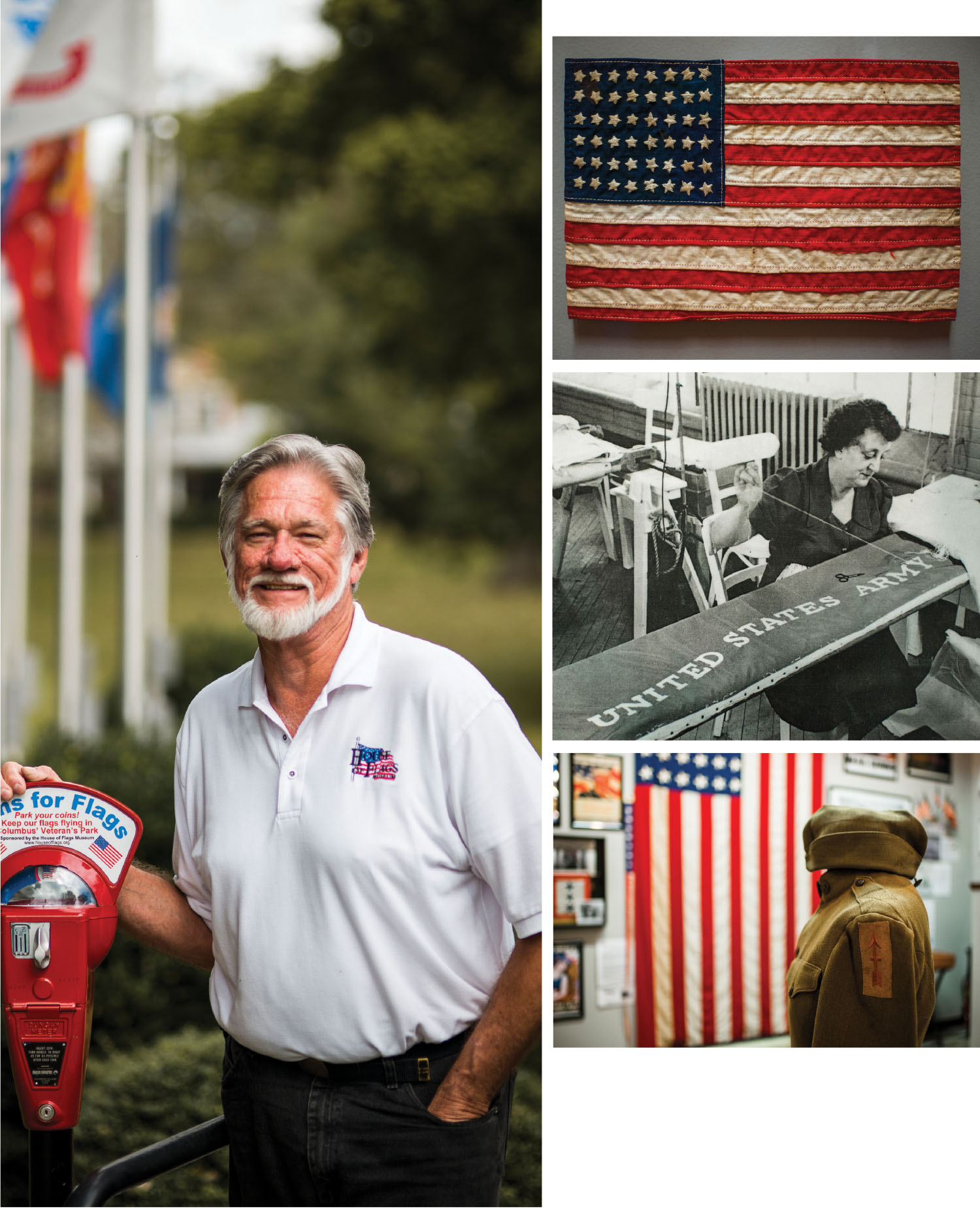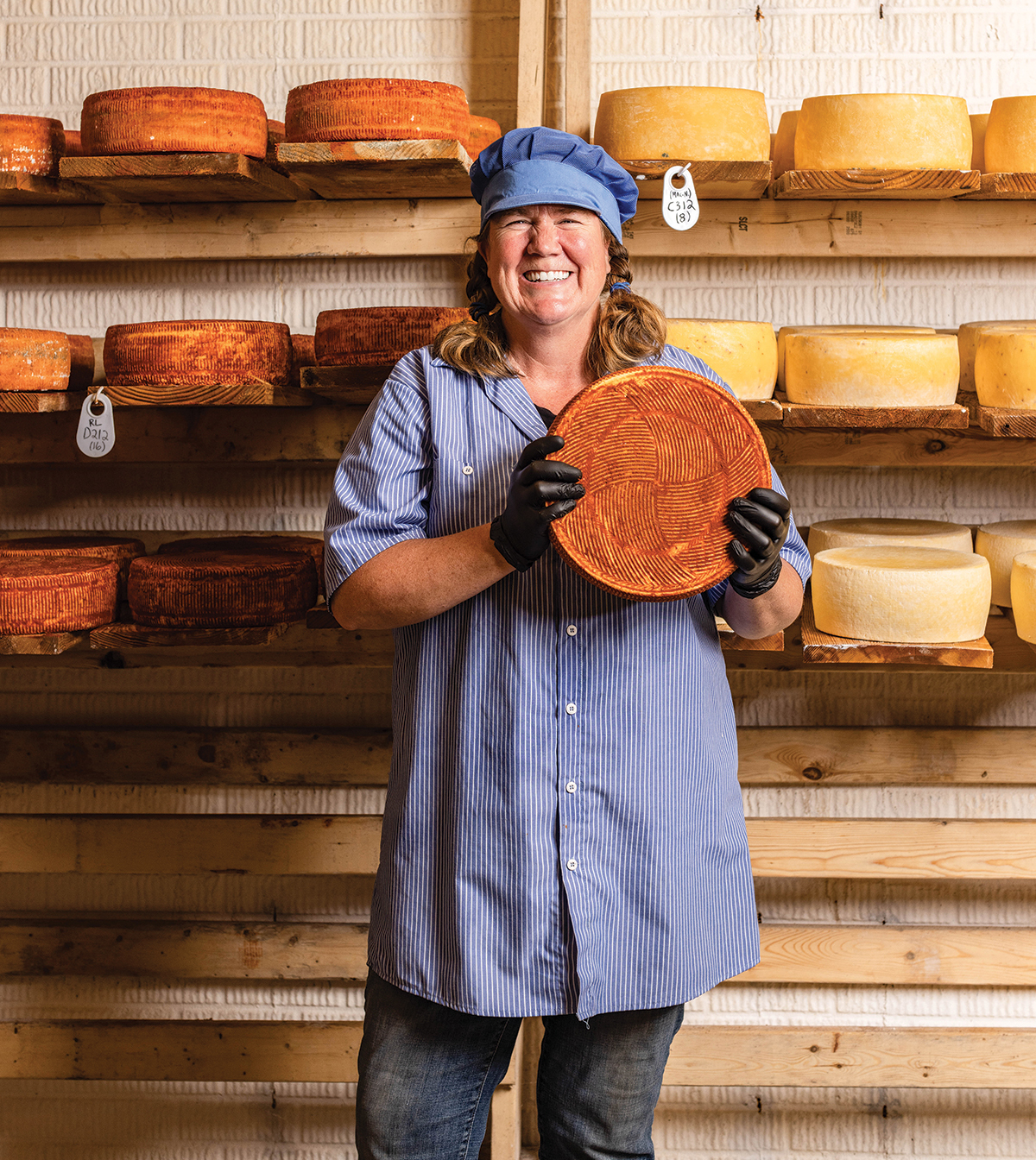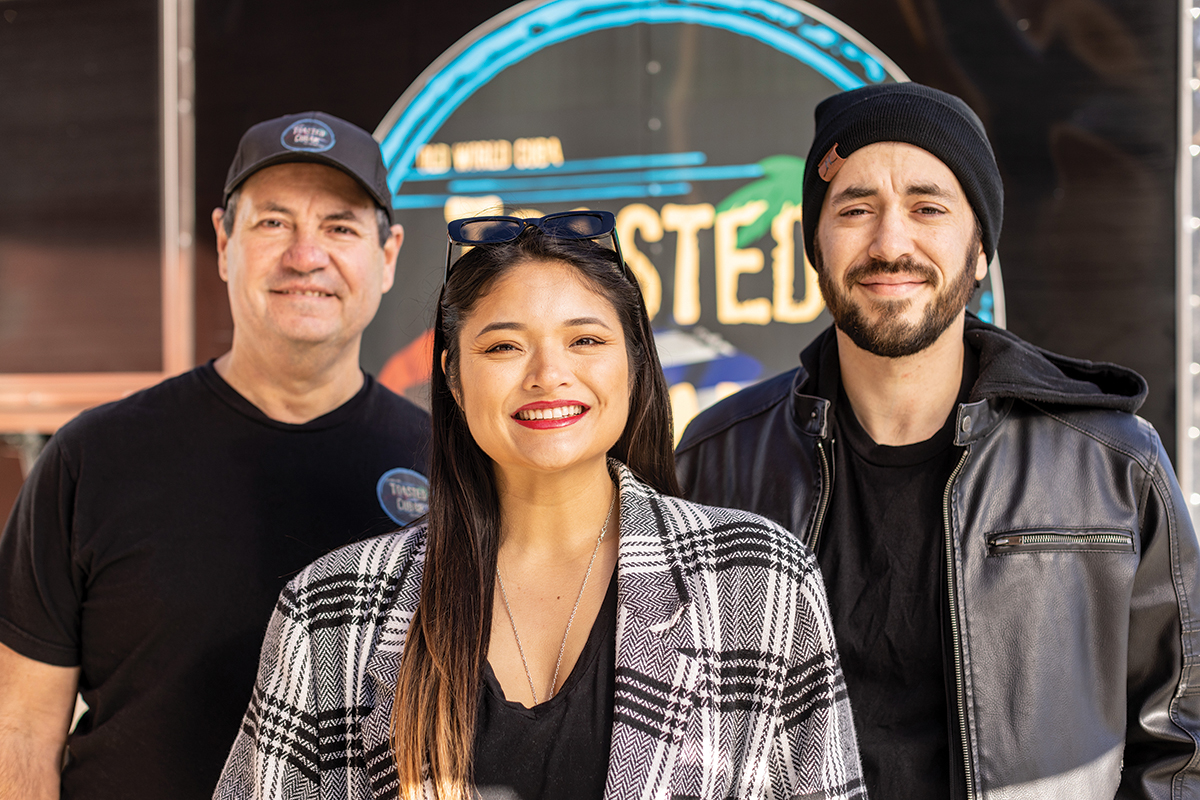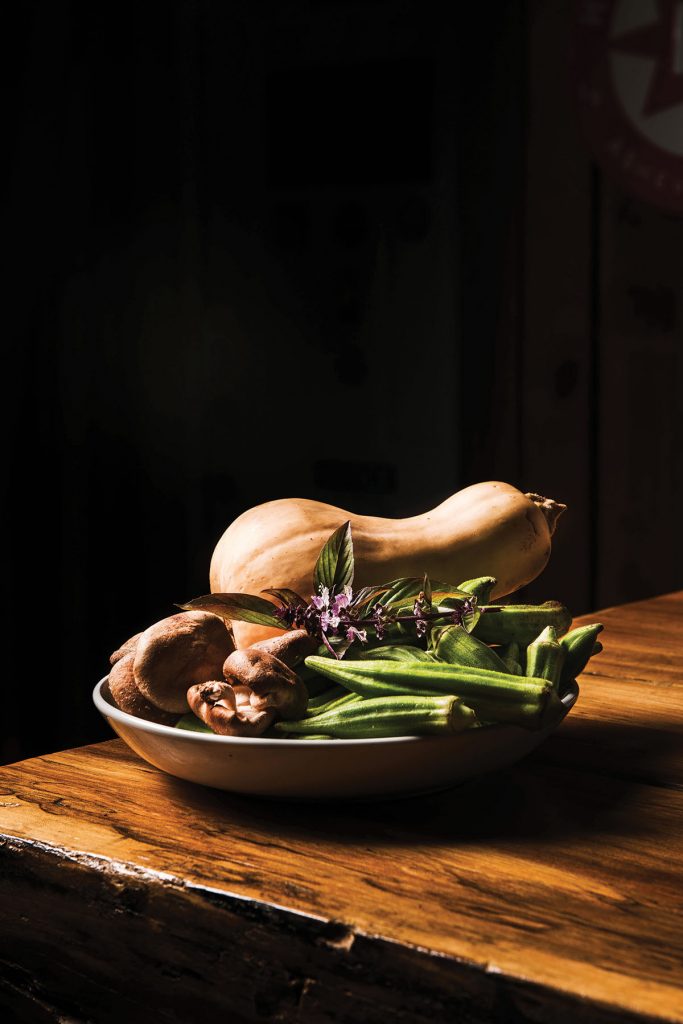
“Flags are a snapshot of time,” says museum director Robert Williamson.
Top Right: A 1939 flag made by schoolchildren in Beijing.
Photos by Karin Strickland
At the Columbus Fourth of July parade in 2000, veteran George Scofield watched the colors go by and noticed that no one stopped, no one stood up, and no one took off their hats. On that very day, he decided to start a flag museum, and began raising money to purchase his first flags.
Scofield opened his museum on September 8, 2001, and passed away seven years later. Robert Williamson, a retired machine-and-tool designer, is now curator of this one-of-a-kind museum. He makes the distinction clear: “There are museums that have flags, but there are none we’ve found that have all 27 official U.S. flags and the state flags and the territory flags.”
Four large rooms — in a revamped fire department — group flags by theme, the first celebrating American freedoms, the second displaying colonial and the earliest American flags, the third addressing flags from the War of 1812 through the Civil War and into the 20th century, and the fourth displaying the evolution of American flags, along with state and presidential flags.

When is a flag worn out? Opinions vary.
Photo by Karin Strickland
To begin, visitors must walk under what can only be described as a den of vipers. This room is Williamson’s favorite, with colorful and often stylized revolutionary flags splashed across the walls. Here are the anchors and rattlesnakes, trees, moons, and hornets. There’s even a flag made impromptu from a curtain, and carried into battle.
One of Williamson’s favorite flags is one of the smallest. Clumsily hand-stitched and embroidered in Peking (now Beijing) in 1939, it was made by elementary-school students for their classmate, an American missionary girl who later displayed it on her rickshaw. “This protected her,” Williamson says, at a time when the Japanese were persecuting the Chinese. “She was 92 when she contacted the museum and told me her story.”
A quiet corner displays 9/11 flags. The museum opened just days before the tragedy, and Williamson says he’s heard stories about how visitors streamed in during the months that followed. He stands silently for a moment in front of a flag emblazoned with the images of the Twin Towers, the Pentagon, and a circle representing the field in Pennsylvania where Flight 93 went down. “Flags tell history as seen by people at that time,” he notes. He still flies this one every September 11.

Inside the Flag Museum.
Photo by Karin Strickland
Nearby, a large crocheted flag blanket lies folded against the wall. It was presented to President Jimmy Carter by a South Carolina woman and stayed in the White House during Carter’s tenure. “It was a labor of love to crochet the flag. It was a double honor to present it to him,” Williamson says. “This could have ended up in a vault and you’d never see it.” Instead Carter remembered who had sent it to him and returned it to her with a note, thanking her.
Asked about his most recent acquisition, Williamson falls silent again before beckoning upstairs to the boardroom. On the wall hangs a Viet Cong flag captured by a CIA operative who donated it to the museum. Bullet holes spray across the top left corner. “Snipers were shooting at it from a boat in the river,” he says and pauses, shaking his head. “That’s a tough one.”

Flag Museum Memorial Bricks.
Photo by Karin Strickland
He walks over to a table in the corner, piled with flags, some folded, some still in mailers. They arrive unbidden. Among them is a Third Reich flag — more silence from Williamson as he holds it out to show amateur patch jobs completed by a destitute town required to fly it. He says these flags cause too much anguish if displayed downstairs.
But also on this table are an eclectic mix, some destined for display — the unofficial 42-star flag sent by an eBay seller who didn’t know what to do with it, a 48-star flag found by in a closet by an Atlanta monk, a navy signal flag emblazoned with the symbol for W. Most have a note hinting at the lives of those who mailed them.
As Williamson puts it, “Flags can tell you about a snapshot of time. This is what people believed, this is what they thought about, this is what they fought for, this is what they were defending.”

A crocheted flag made for Jimmy Carter.
Photo by Karin Strickland
House of Flags, 33 Gibson St., Columbus. On Monday, Nov. 12, the town of Columbus will host its annual Veterans Day Parade, beginning at 10am by the Food Lion on West Mills St. and ending with a ceremony at Veterans Park, next door to the museum. The museum will be open and giving tours all day. (Regular hours are Tuesdays and Thursdays, 10am-1pm; Saturdays, 10am-4pm.) For more information, call 828-894-5640 or see houseofflags.org.



